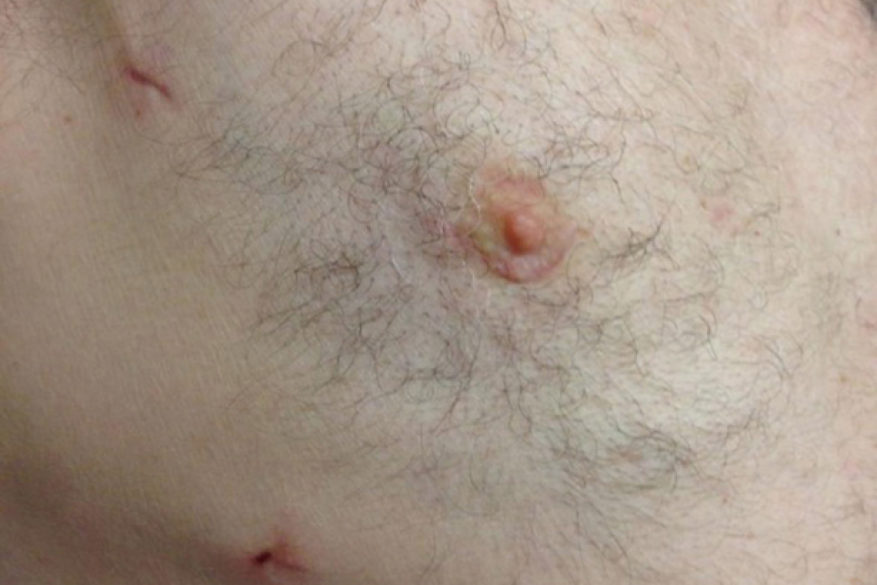
The endoscopic (key hole) approach is very versatile and can be used for treating other rare conditions too. The most common other endoscopic operation is the treatment of Atrial Fibrillation (AF). Patients with this condition presents with a fast, irregular heartbeat (palpitations). Specialist cardiologists (Electrophysiologist) routinely treat this. However, for some patients, if they fail to achieve a regular rhythm or if there is an associated heart valve condition, they may benefit from an endoscopic ablation. Mr Zacharias has the largest experience in the UK offering this minimal access approach with excellent results and is currently in the process of publishing long term results.
An endoscopic approach can also be used to remove intra cardiac tumours. This is a rare condition but can present with a minor stroke or is sometimes picked up incidentially on an echocardiogram. Mr Zacharias and his team have one of the largest experiences of doing this with an endoscopic approach in the UK and have published results in a peer reviewed journal.
Mr Zacharias and his team have extensive experience in endoscopic atrial septal defect closure (hole in the heart). This is alternative to a sternotomy approach demands a high level of surgical skills and training. Mr Zacharias completed training in congenital heart surgery with both Professor Yacoub in London and Mr Hasan in Newcastle. During his career, Mr Zacharias has developed a clear understanding of these conditions, the safety considerations of the procedures and importance of the team approach. With regard to the latter, all patients presenting with an atrial septal defect are discussed at a multi disciplinary team meeting prior to surgery to consider the most clinically appropriate intervention. For suitable patients, the potential cosmetic benefits of the endoscopic approach can be seen in the picture above.
Some patients are born with a congenital condition called HOCM (Hypertrophic Obstructive Cardio-Myopathy). These patients have a shelf of heart muscle that prevents smooth blood flow out of the heart and a procedure can be done to relieve this holdup. Most patients present with shortness of breath on exertion and sometimes light headedness and this procedure can help to relieve symptoms. Occasionally a second procedure could be required depending on the type and extent of the muscle shelf within the heart. Some patients with HOCM have an abnormality of one or more heart valves and this can be dealt with at the same time. Although this is less common medical presentation, Mr Zacharias has significant experience of endoscopic minimally invasive approach is a procedure to deal with excessive muscle within the heart (HOCM)

